can water damage mechanical keyboard?
Accidentally spilling water on your mechanical keyboard can be a scary experience. You may be wondering if water can damage your expensive keyboard. The answer is yes, water can potentially damage your mechanical keyboard. In this blog post, we will explore what happens when you accidentally spill water on your mechanical keyboard and how to prevent it from happening in the future. Accidents happen, and if you’ve ever spilled water on your mechanical keyboard you know how quickly a seemingly small mistake can cause serious damage.
But what exactly happens when water comes into contact with your mechanical keyboard, and can water damage mechanical keyboard components? In this blog post, we’ll discuss the consequences of spilling water on a mechanical keyboard and how to best protect your keyboard from water damage.
Inspect the Keyboard
When dealing with a spilled water incident, it is important to assess the damage and inspect the keyboard before attempting any repairs. Start by unplugging the keyboard from your computer or laptop and check for any physical damage such as broken keycaps, discoloration, or corrosion on the surface of the keyboard. If the damage is mostly superficial, you may be able to fix the issue yourself.
However, if there is physical damage that suggests water may have penetrated further than the surface, you may need to take additional steps. In this case, it is important to ensure that no electrical components have been damaged, as this can lead to further issues and potentially dangerous outcomes. To do this, use a flashlight to inspect inside the keyboard for any signs of water damage.
If you see signs of water damage inside the keyboard, it is best to stop here and seek professional help. Repairing the internal components of a mechanical keyboard can be a difficult task, and you should make sure you know what you are doing before attempting it yourself.
Check for Physical Damage
When inspecting the keyboard for water damage, it is important to check for any physical damage. Check the keys and other parts of the keyboard for signs of discoloration, swelling, or warping. If you see any signs of physical damage, then it is likely that your keyboard has been damaged by water.
The physical damage can be a sign that there may also be internal damage. It is best to take preventative measures as soon as possible to avoid further damage. Unplug the keyboard from its power source and gently remove all keycaps from the board. Remove all dirt or debris from each keycap before placing them in a bowl filled with lukewarm water and mild dish soap. After a few minutes, use a soft brush or cloth to scrub away any remaining residue from each keycap. Allow all of the components to air dry thoroughly before reassembling the keyboard.
Clean the Keyboard
When cleaning your keyboard, start by unplugging it from your computer. Use a cloth and lint-free, preferably microfiber, dampened with isopropyl alcohol to wipe away any surface residue on the keys and around the edges of the keyboard. Take care not to get the liquid between the keys or in the nooks and crannies of the keyboard. Wipe until all visible signs of dirt and debris are gone. Once the surface is clean, use a vacuum cleaner to remove any dirt and debris that may have fallen into the crevices of the keyboard.
Make sure to use a low-powered suction to avoid damaging any of the components inside. If there’s still water remaining after the suctioning process, use a cotton swab dipped in isopropyl alcohol to carefully extract as much water as possible. Allow the keyboard to dry thoroughly before you plug it back into your computer. It can take several days for a mechanical keyboard to fully dry.
Check for Internal Damage
When checking for internal damage, it is important to start by assessing the keyboard’s electrical components. The main components of a mechanical keyboard are the keys, the switches, and the circuit board.
First, take a look at the keys. If any of the keys appear to be jammed or non-responsive, it could be due to water damage.
Next, check the switches. Many mechanical keyboards use Cherry MX switches that require a very low level of electricity to function. These switches can be damaged by a sudden surge of electricity, such as from water. Check to see if the switches still register key presses and respond correctly.
Finally, check the circuit board. If it has been damaged by water, you may notice discoloration or corrosion. Additionally, any exposed wiring may be corroded or have shorted out due to the water damage. If this is the case, it is best to replace the entire circuit board.
If you have determined that your mechanical keyboard has suffered internal damage due to water, it is important to take action quickly. First, stop using the keyboard and disconnect it from any power source. Then, contact a professional to determine the best course of action and determine if any repairs are necessary.
Take Preventative Measures
Accidents can happen, and when they do, it’s important to take the necessary steps to avoid future issues. Here are some preventative measures you can take to protect your mechanical keyboard from water damage:
- Be careful when drinking or eating near your keyboard. Even a small spill can cause big problems.
- Place a plastic cover over your keyboard when not in use. This will help keep it safe from spills and other potential hazards.
- Clean your keyboard regularly with a damp cloth and mild cleaning solution. This will help reduce the build-up of dirt and grime, which can attract moisture and cause damage.
- Invest in a quality waterproof keyboard cover. This will help protect your keyboard from any accidental spills or splashes.
- Keep your keyboard away from direct sunlight or other sources of heat. Excessive heat can cause internal damage to your keyboard and even render it useless.
By taking these steps, you can help protect your mechanical keyboard from water damage and prolong its lifespan.











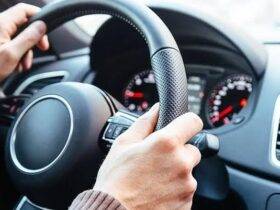


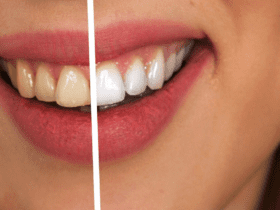

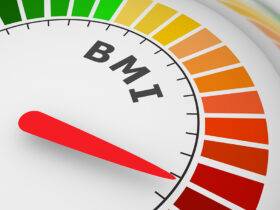
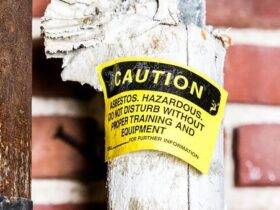








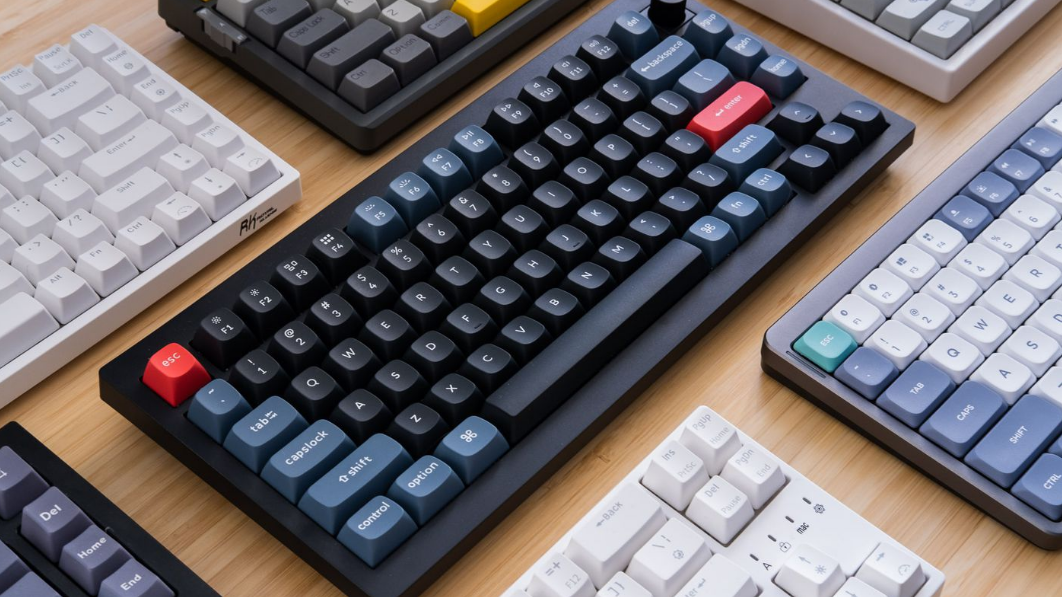

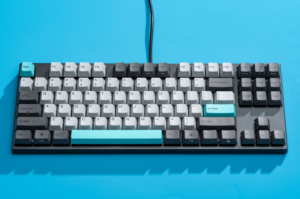


best blog so far. https://techixting.com